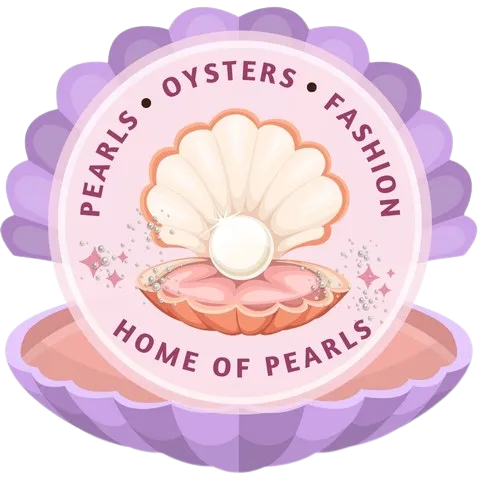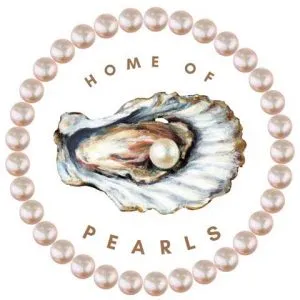Non-cholera vibrio bacteria infections account for over 80,000 acute illnesses, 500 hospitalizations and close to 100 deaths in the United States of America each year. A majority of these infections are related to the consumption of raw seafood (including oysters)(1).
Table of Contents
- Nutritional benefits of oysters
- Risk of infections associated with raw oysters
- Heavy metal poisoning
- How many oysters can you eat?
- References
Nutritional benefits of oysters
Oysters are a great source of calcium, iodine and other essential nutrients. They also offer a wide variety of health benefits:
- Oysters are full of vitamins A, C, and B12.
- They contain essential minerals like zinc, selenium, and potassium, which help to improve blood circulation.
- Oysters have anti-inflammatory properties that can help prevent heart disease by reducing high blood pressure or cholesterol levels.
In addition to these nutritional benefits (and the fact that they’re delicious), oysters can be prepared over 100 different ways. Oysters are best served raw, but they can be prepared in many different ways, including raw, steamed, fried, baked, and grilled. You can eat them as an appetizer or as the main course.
Most of us think of oysters as a kind of delicacy that should only be eaten at restaurants by those who are willing to spend money on them. However, this is not true! Oysters come in all shapes and sizes, and some varieties are actually easier to find than others which means you may already have access to them without even realizing it!
Oysters are a delicacy that can be eaten on their own, or they can be prepared in any number of ways. The most common way to eat oysters is raw and on the half-shell, but they can also be cooked or baked with cheese, breadcrumbs, and butter. They can even be mixed into stews or soups! According to the Food and Drug Administration, there is a limit to how much you should eat, even if the oyster is procured from reputable sources(2).
Risk of infections associated with raw oysters
Infections with Vibrio vulnificus are common during the year’s warm months (April to November) with a reported risk of severe infection being 50%. The chance of an oyster being infected by this bacterium is influenced not only by temperature (season of the year) but also by the water’s location and salinity (salt content)(3).
Unfortunately, oysters happen to be a harbinger for this bacterium with most cases being due to the consumption of raw oysters(4).
Heavy metal poisoning
Since oysters are filter feeders, there is potential for the accumulation of not only bacteria but heavy metals in these animals. In a study from the southern coast of Korea, researchers were able to show an accumulation of various heavy metals, including cadmium, mercury, lead, arsenic, and chromium(5).
How many oysters can you eat?
Although there is no generally accepted guideline on how many oysters can be eaten at a sitting, the Centers for Disease Control and prevention generally recommends that consumers exercise the following precaution(6)s:
People who should not eat raw oysters
- A compromised immune system such as HIV/AIDS, chronic liver disease, and cancer.
- If you are taking medications that reduce stomach acid, such as omeprazole or pantoprazole.
- Older than 65 years of age
Food safety precautions
- DO NOT eat raw or undercooked oysters
- Do not mix raw oysters with cooked seafood
- Preparation tips for oysters (boil them for at least three minutes, fry in oil at 375 degrees Fahrenheit for at least 3 minutes, or bake at 450 degrees Fahrenheit for at least 10 minutes)
References
1. Spaur M, Davis BJK, Kivitz S, DePaola A, Bowers JC, Curriero FC, et al. A systematic review of post-harvest interventions for Vibrio parahaemolyticus in raw oysters. Sci Total Environ. 2020 Nov 25;745:140795.
2. FDA warning on raw oysters. Food and Drug Administration. AIDS Treat News. 1995 Aug 18;(no 229):6.
3. Canty R, Blackwood D, Noble R, Froelich B. A comparison between farmed oysters using floating cages and oysters grown on-bottom reveals more potentially human pathogenic Vibrio in the on-bottom oysters. Environ Microbiol. 2020;22(10):4257–63.
4. Centers for Disease Control and Prevention (CDC). Vibrio vulnificus infections associated with eating raw oysters–Los Angeles, 1996. MMWR Morb Mortal Wkly Rep. 1996 Jul 26;45(29):621–4.
5. Mok JS, Yoo HD, Kim PH, Yoon HD, Park YC, Lee TS, et al. Bioaccumulation of heavy metals in oysters from the southern coast of Korea: assessment of potential risk to human health. Bull Environ Contam Toxicol. 2015 Jun;94(6):749–55.
6. CDC. Oysters and Vibriosis [Internet]. Centers for Disease Control and Prevention. 2022 [cited 2022 Nov 12]. Available from: https://www.cdc.gov/foodsafety/communication/oysters-and-vibriosis.html










